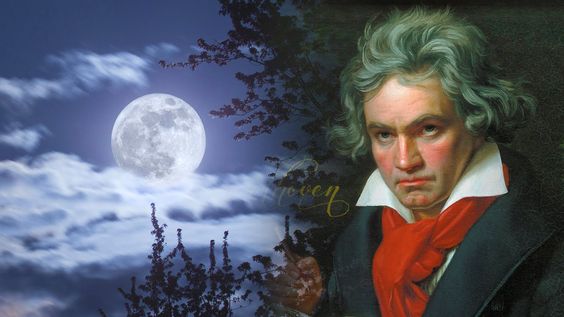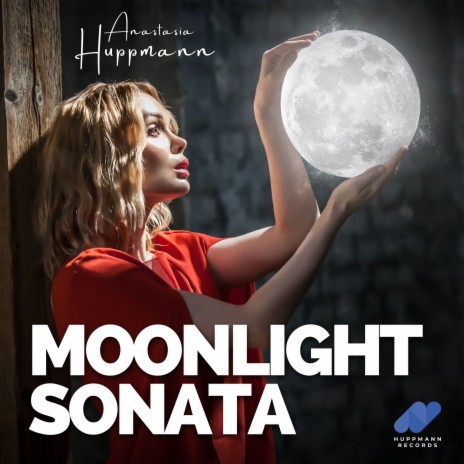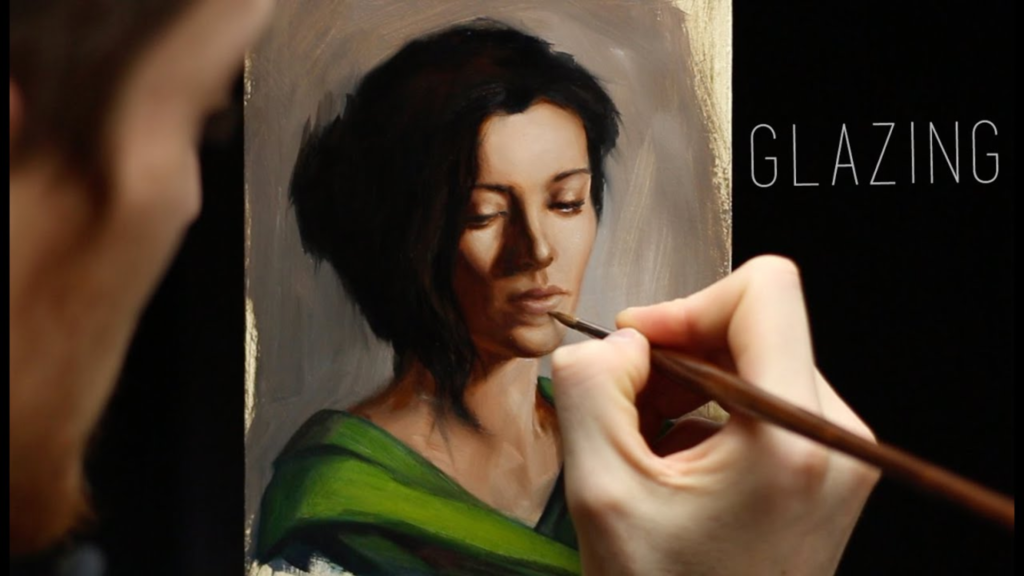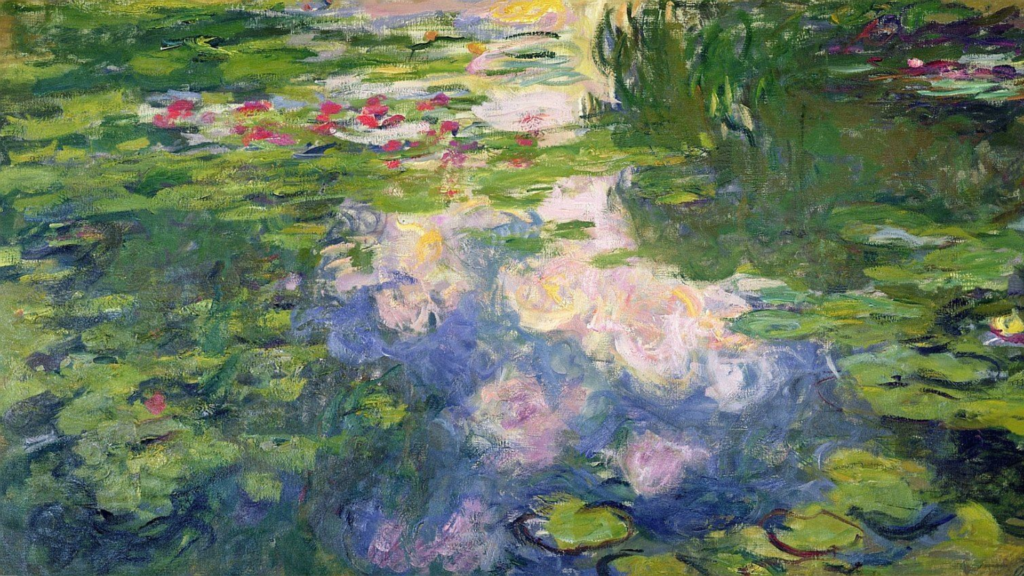Piano Sonata No. 14 in C-sharp minor: Analysis, History, and Performance Tips

The Piano Sonata No. 14 in C-sharp minor, Op. 27 No. 2, often referred to as the Moonlight Sonata, is without question one of Ludwig van Beethoven’s most iconic works. Since its debut in 1801, this sonata has been embraced by musicians and audiences alike, captivating their hearts with its profound emotional depth and innovative structure. Composed during a tumultuous time in Beethoven’s life, the Moonlight Sonata embodies not only the artist’s personal struggles but also reflects universal themes of love, longing, and introspection. This article delves deep into the intricacies of the Moonlight Sonata, exploring its structural significance, emotional resonance, cultural impact, and modern relevance.
The Ethereal Beauty of the First Movement
The first movement of the Moonlight Sonata is often described as an enchanting landscape, wherein sound becomes an emotional vehicle transporting listeners into deep introspection. Beethoven’s use of tempo, dynamics, and harmony creates an ethereal quality that leaves lasting impressions on those who experience it.
The Haunting Arpeggios
As the opening Adagio sostenuto begins, it introduces a haunting arpeggio that gently dances across the keyboard. The repetitive nature of the arpeggio mimics the ebb and flow of emotions, evoking images of twilight where the fading light conjures feelings of nostalgia.
Each note seems suspended in time, inviting listeners to explore their inner thoughts and feelings. The careful arrangement of these arpeggios feels almost improvisational, reflecting a profound sense of freedom intertwined with the weight of melancholy. As a performer brings this piece to life, they might find themselves tapping into their own memories and experiences, giving rise to interpretations that differ from one musician to another.
A Reflection of Beethoven’s Struggles
The emotional landscape of the first movement may be particularly poignant when viewed through the lens of Beethoven’s life at the time of composition. Grappling with advancing deafness and the isolation that accompanied it, the sonata resonates with Beethoven’s desire for connection.
Listeners may interpret the serene yet melancholic melodies as a dialogue between hope and despair—a heartfelt yearning for something just beyond reach. This emotional duality invites performers to delve deeper into the music, finding ways to infuse their interpretations with authenticity, vulnerability, and human experience.
Mysterious Underpinnings
While the first movement casts a spell of tranquility, it also serves as an introduction to the complexities that lie ahead. The tranquil surface belies a tumultuous undercurrent, hinting at the narrative arc that will unfold throughout the sonata.
It is this interplay between calmness and tension that captures the essence of human emotion—moments of peace interspersed with sudden bursts of passion or turmoil. Listeners are left questioning whether the serenity is merely a facade or if it truly represents a state of being. This mystery adds layers of meaning to the movement, making it all the more impactful.
The Vibrant Contrast of Subsequent Movements

Transitioning from the placid waters of the first movement, the second and third movements introduce a dynamic shift that showcases Beethoven’s mastery of contrasts. These segments burst forth with vigor, intensity, and complexity, defining the sonata’s character and elevating its emotional stakes.
The Allegretto: A Dance of Light and Shadow
The second movement, known as Allegretto, introduces a lively yet elegant dance-like energy. It contrasts sharply with the somber first movement, demonstrating Beethoven’s ability to traverse the spectrum of human emotion.
Here, the rhythmic patterns create a sense of buoyancy—a playful interaction between light and shadow. The melodic lines weave together in a way that evokes both joy and melancholy, reflecting the intricacies of life itself. Performers may approach this movement with a sense of liberation, allowing the music to flow freely while capturing the nuances of each phrase.
Amidst this joyful dance lies an underlying tension. Each note dances gracefully yet purposefully, reminiscent of life’s fleeting moments that can be both joyous and reflective. The juxtaposition of gaiety and solemnity mirrors the duality found within ourselves—a reminder that happiness and sadness can coexist harmoniously.
Presto Agitato: A Climax of Passion and Turmoil
The final movement, Presto agitato, brings listeners to an exhilarating climax filled with raw emotion. Here, Beethoven unleashes a torrent of energy, moving away from the contemplative nature of the earlier sections.
This movement is characterized by a frenetic pace that demands technical prowess and expressive interpretation. The tumultuous chords exude a sense of urgency, evoking the chaotic nature of human existence. Performers must navigate the intricate passages while conveying the underlying message of passion and turmoil.
As the music swells, a sense of conflict emerges—each note striving for resolution amid the chaos. This tension is palpable, creating a cathartic release that mirrors the struggle between opposing forces. Listeners may find themselves caught in the whirlwind, unable to resist the allure of Beethoven’s musical narrative.
Capturing the Human Experience
By skillfully intertwining contrasting movements, Beethoven encapsulates the complexity of human emotions. The Moonlight Sonata is not merely a collection of notes; it is a reflection of life itself, filled with moments of joy, sorrow, tranquility, and chaos.
For performers and listeners alike, the journey through the sonata becomes a deeply personal experience. Each interpretation tells a unique story, resonating with distinct feelings drawn from individual life experiences. This universality of emotion is what renders the Moonlight Sonata timeless, allowing it to connect with audiences across generations.
The Cultural Impact of the Moonlight Sonata

Throughout history, the Moonlight Sonata has transcended the concert hall to become an enduring symbol of romance, nostalgia, and introspection. Its pervasive influence extends beyond classical music, permeating various aspects of popular culture and leaving a lasting imprint on society.
Melodic Recognition Across Mediums
The instantly recognizable melody of the Moonlight Sonata has made it a staple in films, television shows, and commercial advertising. Often, it is employed as a shorthand to evoke deep emotional currents, serving as an aural cue to signal significant moments of longing or reflection.
In cinema, directors utilize the sonata to heighten emotional weight, providing audiences with auditory comfort amidst complex narratives. The melancholic strains resonate with characters grappling with love, loss, and existential dilemmas—making them relatable and profoundly human.
Moreover, the gentle arpeggios have found their way into commercials, often used to evoke nostalgia and warmth. The Moonlight Sonata’s widespread appeal speaks to its ability to transcend linguistic barriers, creating connections with people across diverse cultures and backgrounds.
A Symbol of Romanticism
Historically, the Moonlight Sonata emerged during the Romantic period, a time marked by an emphasis on emotional expression and individualism. It captured the spirit of romantic longing, embodying the ideals of the era.
Romanticism sought to explore the depths of human emotion, encouraging artistic expression grounded in personal experience. Beethoven’s ability to convey intense feelings through music made him a pivotal figure in this movement, placing the Moonlight Sonata at the heart of romantic artistry.
Over time, the piece has evolved into an emblem of romance itself—a musical declaration of love and longing. Its inclusion in countless romantic scenes has cemented its status as a quintessential representation of passionate feelings, making it an enduring choice for lovers around the world.
Influence on Contemporary Musicians
The Moonlight Sonata continues to inspire contemporary musicians across genres, from classical pianists to pop artists and filmmakers. The emotive qualities inherent in the piece invite reinterpretation, allowing artists to infuse their unique styles into Beethoven’s timeless work.
Modern renditions often incorporate elements of jazz, electronic music, or alternative genres, breathing new life into the sonata while preserving its core essence. This adaptability underscores the piece’s importance in today’s musical landscape, proving that Beethoven’s genius remains relevant in our rapidly evolving world.
Furthermore, educators and aspiring musicians embrace the Moonlight Sonata as a cornerstone of piano repertoire. Its accessibility and emotional richness make it an ideal canvas for learning, enabling young pianists to cultivate both technical proficiency and expressive interpretation.
Exploring Modern Connections to the Moonlight Sonata

In our fast-paced digital age, the Moonlight Sonata continues to resonate with contemporary audiences, offering solace, inspiration, and opportunities for creative exploration. This piece is not merely confined to concert halls; it finds expression in everyday life, fostering mindfulness and introspection.
Mindfulness and Meditation Practices
The slow tempo and soothing repetition of the first movement have made the Moonlight Sonata a favored choice for mindfulness and meditation practices. Many individuals turn to this piece during moments of stress, using its calming qualities as a tool to foster relaxation.
In a world rife with distractions, the haunting beauty of the Moonlight Sonata encourages listeners to pause, reflect, and reconnect with their inner selves. Engaging with the music allows individuals to immerse themselves in a cocoon of tranquility, promoting emotional well-being.
As awareness of mental health grows, so does the recognition of music’s therapeutic benefits. The Moonlight Sonata stands as a testament to the power of art to heal, offering refuge in turbulent times.
Accessibility in the Digital Age
Today, access to the Moonlight Sonata is unprecedented. With platforms like Spotify, YouTube, and MuseScore, listeners can explore various interpretations and arrangements while engaging with sheet music directly.
This democratization of music has allowed aspiring pianists to dissect Beethoven’s genius intimately, making his works more accessible than ever before. Individuals can download and play this iconic piece at home, forging connections with classical music and fostering appreciation for its rich heritage.
As technology continues to evolve, online communities dedicated to classical music thrive. Aspiring musicians share their interpretations, exchange ideas, and collaborate, cultivating a shared passion for the Moonlight Sonata and other masterpieces.
Inspiring Creativity
Beyond simply playing notes, the Moonlight Sonata inspires creativity and self-expression. Musicians feel empowered to reinterpret the sonata through their unique lenses, exploring its emotional depths and crafting personal narratives.
Through improvisation or composition, artists tap into the vast universe of feelings embedded within Beethoven’s work. This creative engagement fosters a sense of belonging within the artistic community, illustrating how the human experience transcends time and space.
The Moonlight Sonata becomes a canvas for individual storytelling, allowing musicians to express their joys, sorrows, and existential musings. It exemplifies the transformative power of music—the capacity to connect us to ourselves and others in profound ways.
Conclusion

The Piano Sonata No. 14 in C-sharp minor, better known as the Moonlight Sonata, is much more than a mere musical composition; it is a rich tapestry woven from the threads of human emotion, cultural significance, and enduring appeal. From its ethereal opening to its vibrant contrasts and profound cultural impact, this sonata encapsulates the complexities of life itself, inviting generations of listeners to engage with its beauty.
As we navigate an ever-changing world, the Moonlight Sonata remains a source of solace, introspection, and inspiration—a timeless masterpiece that continues to resonate across borders and generations. Through its exploration of love, longing, and the duality of human existence, Beethoven’s artistry invites us to embark on our own journeys of self-discovery, reminding us that within the realm of music, we are never truly alone.











